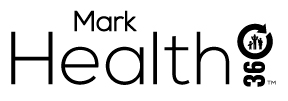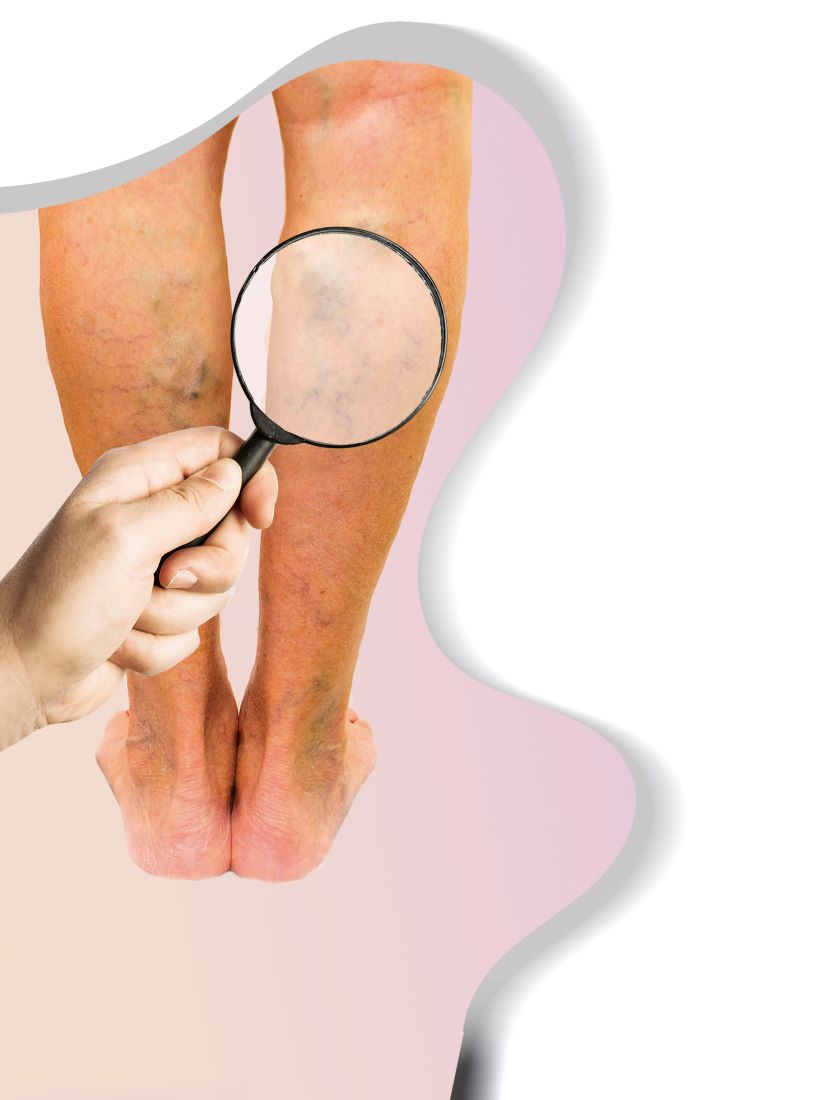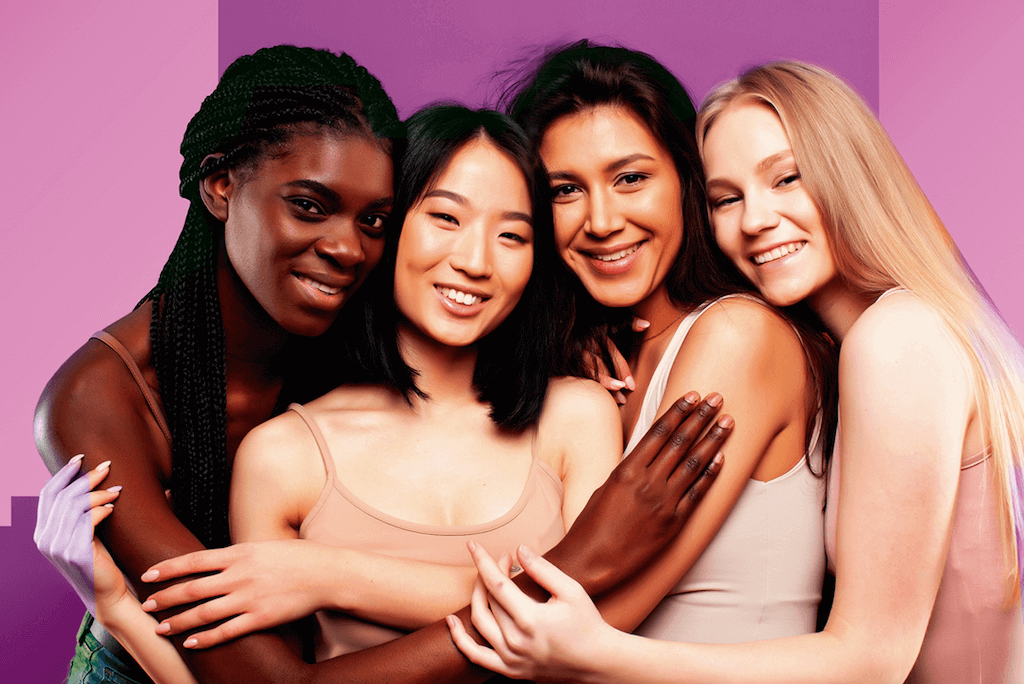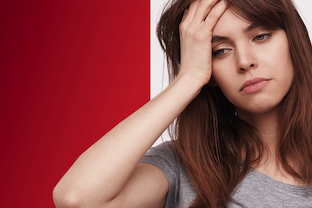Varicose Veins are dilated veins that can be spotted on the surface of the skin as a result of a circulatory disease called Venous Insufficiency. Venous Insufficiency occurs when the valves inside the veins are not efficient enough to push the blood from the feet, up to the heart, causing it to return and accumulate, causing the veins to stretch and twist visibly.
Causes or Risk Factors
Venous Insufficiency is a medical condition that can occur for different reasons:
- Inheritance:
A person has up to 50% chance of suffering from varicose veins if one of the parents suffers from the condition.
- Obesity:
Being overweight puts extra pressure on the veins.
- Age:
With age the valves wear out, and blood continues to accumulate, causing vein dilatation.
- Pregnancy:
During pregnancy, the volume of blood in a woman’s body increases to promote the growth of the fetus. It also increases the pressure in the veins of the legs, which causes at least “spider veins” on the legs.
- Hormonal changes in women:
Women experience several hormonal changes during pregnancy, menstruation, and menopause causing the walls of the veins to relax. Hormone treatments, such as birth control pills, also increase the risk of varicose veins.
- Standing or sitting for prolonged periods:
The blood does not flow properly if the body is in the same position for extended periods.
Varicose Veins are a medical condition that can cause pain, itching, burning, and can also be the cause of cramps and other health complications. It is essential that you visit a medical specialist as soon as you notice any signs of this medical condition.
Disclaimer:
The content of this article is for informational purposes only and does not constitute medical advice.






